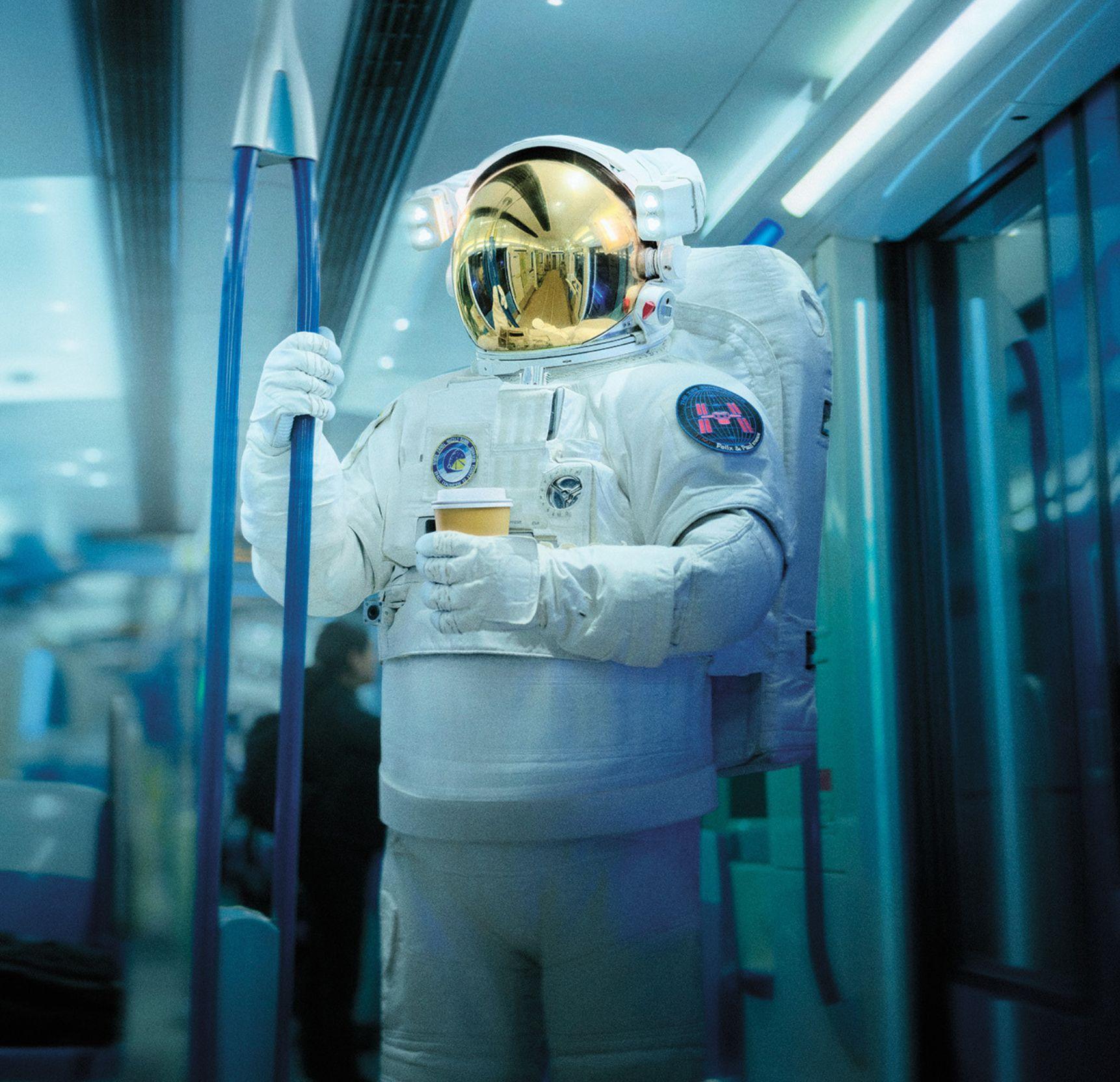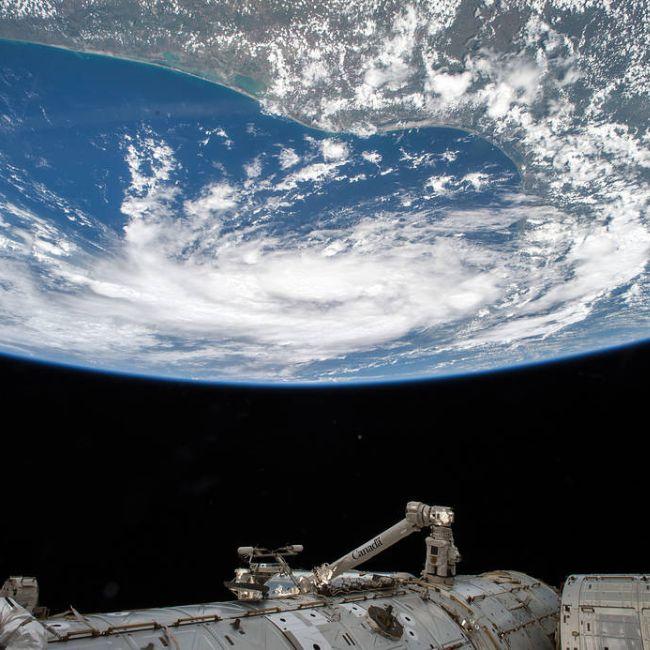The World's Most Captivating Immersive Space Experience
INSPIRED BY NASA MISSIONS
EMBARK ON A JOURNEY TO SPACE

MORE THAN 500,000 VISITORS HAVE ALREADY BEEN FASCINATED BY SPACE EXPLORERS: THE INFINITE!
Step into the extraordinary world of Space Explorers: The Infinite inspired by NASA missions and join the esteemed few who have experienced space firsthand. Through the transformative lens of immersive VR, you'll be transported 250 miles above Earth into the International Space Station. This voyage offers more than just mere observation; it immerses you in the essence of space exploration without ever leaving the ground.
From exclusive encounters with astronauts to serene moments of Earth-gazing, every sensation deepens your connection to the universe and your place within it. It's more than just a simple expedition, it's an emotional odyssey that leaves a lasting impression.
IT STAYS WITH YOU









